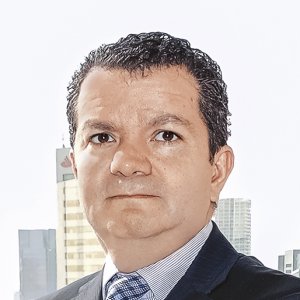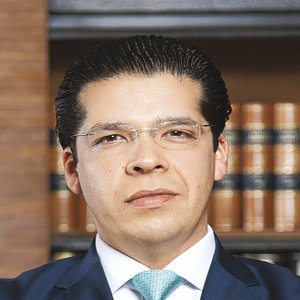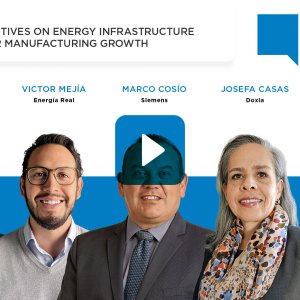Cogeneration, Renewables can Answer Industry's Call

STORY INLINE POST
Q: To what extent can renewable energy cover energyintensive consumption?
A: Renewables have the great advantage of being cheaper than conventional energy sources and providing CELs, but they also must deal with the great disadvantage of intermittency. Our Peñoles subsidiary, for instance, has the capacity to be powered 100 percent by renewables, which could additionally represent good business by selling CEL surpluses. However, renewable energy does not provide firm capacity, meaning paying power demand to CFE remains an issue. Our group is looking to establish a balance between renewables and conventional sources to cover the soon-to-be compulsory CELs requirement, set at 5 percent for 2018 and slated to grow to 13.9 percent by 2022.
Q: How is Grupo BAL capitalizing on the renewed competitiveness to reduce energy costs?
A: Grupo BAL is always searching for improvement in terms of inputs for all companies of the group. Our portfolio includes two wind farms — Oaxaca’s Fuerza Eólica del Istmo and Coahuila’s Eólica de Coahuila — added to a small cogeneration plant, with plans to build a larger cogeneration plant in the same location. By 2023, we expect to satisfy 100 percent of the needs of the group’s companies through self-supply. We hope that when that happens, the market will be sufficiently mature to enable a mix of new plants and developments, either of natural gas, wind or solar resources. If this is the case, we will be able to place our surplus on the market to be monetized. In this way, we would not only enable our energy self-sufficiency but also add an interesting business niche. The group is highly dynamic, always looking at new business opportunities, new loads and additional energy requirements. That does not mean we will stop in 2023, taking into account the fact we are contemplating the opening of a new mine before the end of 2018. The group’s energy needs will consequently increase and we will focus on meeting them fully
Q: How does Energía Eléctrica BAL reach financial closing for its energy projects?
A: The available model wherein banks only lend on the basis that a PPA has already been closed amounting to 100 percent of the lent capital in addition to a company’s own equity has to change. Mexican banks remain closed to the idea of assuming any sort of financial risk while foreign banks interested in these projects do not show the same hesitation, through different, more aggressive models that could displace local banks. Fortunately, Mexican development banks are reacting at a quicker pace. They have a clear notion of lending based on trading capacity, despite the lack of price discovery, to foster market maturity. Grupo BAL usually obtains financing from foreign banks, although our Coahuila cogeneration project will be financed by NAFIN. Development banking is definitely creating a benchmark model for Mexico’s energy projects.
Q: What are Energía Eléctrica BAL’s expected milestones for 2018?
A: For 2018, we expect to achieve financial closing of the Tamaulipas wind farm and our efficient cogeneration project in Coahuila. We will also participate in CFE’s La Paz auction for the soon-to-be-launched battery-based energy storage project. AES, our EnerAB partner, has signed a joint venture with Siemens for the development of these types of projects. To date, batteries are based on lithium-ion but we are seeing emerging technology with zinc-based batteries. As it is a more abundant resource in the market, zinc can dramatically decrease the cost of storage systems, especially considering Peñoles produces zinc.
Natural gas supply for the Yucatan Peninsula is a headache for PEMEX because Mayacan’s natural gas pipeline, fed by associated gas coming from Cantarell, has high nitrogen levels. PRODESEN is launching interesting energy infrastructure projects to remedy this issue, such as the South Texas-Tuxpan subsea pipeline, as the natural gas transported in this pipeline could be directed toward the Yucatan Peninsula. Grupo BAL’s hydocarbon company, Petrobal, is interested in participating in CNH’s licensing rounds to explore shallow waters close to Campeche’s natural gas resources.























